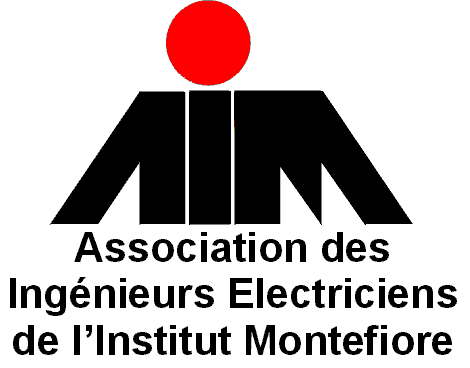
| 
|
Advanced Seminar on ATM April 16, 1996 - Liège | 
|
|---|---|---|---|
|
O. Bonaventure A. Danthine |

| 
|
Advanced Seminar on ATM April 16, 1996 - Liège | 
|
|---|---|---|---|
|
O. Bonaventure A. Danthine |
 Introduction
IntroductionThe attendees are assumed to have a working knowledge of ATM which is at least equivalent to the material covered during the two-days CSS seminar on ATM.
The Traffic Management is an important function for tomorrow's ATM networks. It covers both Traffic Control and Congestion Control. During this seminar, we will first discuss the support of Constant Bit Rate and Variable Bit Rate traffics within ATM networks. Then, we will concentrate on the new services that have been defined to better support data applications. Our presentation will mainly focus on congestion control issues. We will also present the fast reservation protocols, which are being considered within ITU.
Table of Contents
Olivier Bonaventure graduated from the University of Liege as in 1992. Since then, he has worked as a researcher in the research unit in networking and has been involved in the ESPRIT OSI95 project and the RACE CIO and ACCOPI projects. He is currently working on transport protocols in the ATM environment within the OKAPI ACTS project. He has published several papers in the field and has been a reviewer for several conferences.
The LAN Emulation concept is not very difficult to grasp but its implementation is far from obvious. The three servers, the LECS, the LES and the BUS are interacting with the LEC in a non-trivial manner and in a time consuming way which may interfere with the expected behaviour of the LANE user.
The first standard produced in January 1995 by the ATM Forum has been revised and a new draft has been issued in February 1996. In the tutorial, we will examine the new proposal and study a possible scenario of deployment. The place to implement the LAN Emulation servers is not without implication with the reliability and the management aspects.
When used as a backbone between legacy LANs implemented with switching hubs, the LANE is perceived, at first sight, as a very useful technology for implementing the new concept of Virtual LAN in a flexible manner.
This approach is however not as general as it may look at first sight. This LANE approach must therefore be compared with a more direct ATM-based approach in order to evaluate its long term interest.
André DANTHINE, Professor at the University of Liège since 1967,
created a research unit in networking (RUN) in 1972. In 1983, Professor
Danthine launched the ESPRIT I Project 73 aiming at the development of a high
speed network for the interconnection of heterogeneous LANs on a broad site.
This project ended up, in 1989, with the installation, on the Sart Tilman
Campus of the University of Liège, of the BWN (Backbone Wideband
Network) prototype (more than 18 km of optical fibre with a data rate of 140
Mbps).
In 1990, Prof. Danthine launched a new Esprit project, OSI95, to tackle the
problem of the design of a new transport service and protocol (TPX) for
multimedia applications in a high speed environment including B-ISDN. In
1991, he joined the RACE Project CIO. It is in the framework of this
project that the ATM LAN of RUN has been connnected, at 34 Mbps, to the
European ATM Pilot for functional and performance evaluations. Since 1994,
Prof. Danthine is also involved in another RACE project, ACCOPI. November
1995 was the starting point of OKAPI, an ACTS project.
Since 1992, Prof. Danthine is the chairman of the COST action 237 on
"Multimedia Telecommunication Services".
Prof. Danthine is a member of ACM, of IEEE, of the Editorial Board of
"ETT", of the Editorial Advisory Board of the Wiley Series in
"Communication and Distributed Systems", editor of several books and
proceedings and author of more than eighty papers. Chairman of the TC6 of
IFIP from 1979 to 1985, he is Governor of ICCC since 1982. CRB Fellow in
1960, he received the Melchior Salier Prize in 1961, the "Bell
Telephone-100th Anniversary" prize in 1983 and the IFIP Silver Core in
1986. In 1993-1994, he was Francqui Professor at the VUB. He is Doctor of
Science Honoris Causa of the University of Kent (1991).
|
Editor: -G. Leduc- Webmaster: -S. Calomme- |
CSS |
RUN |
Montefiore |
ULg © 1998-1999 Last Modified: Thu March 11 1999 |